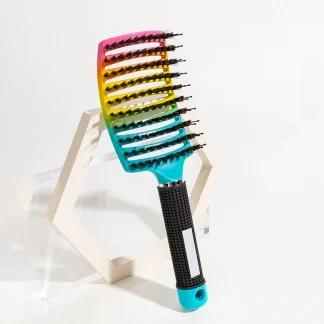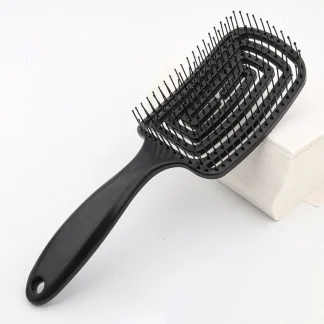Hair Brushes for Women: A Timeless Instrument of Beauty and Power
The hair brush for women is not merely a grooming tool—it is a timeless artifact of beauty, culture, and ritual. For centuries, women have used brushes not only to care for their hair but to express status, embrace identity, and perform acts of intimacy, transformation, and control. The evolution of the women's hair brush charts a remarkable journey through art, history, fashion, and gender, reflecting broader societal values along the way. Today, whether sleek and minimal or ornate and specialized, the hair brush remains a vital part of a woman's daily ritual, one rich with historical significance.
Ancient Origins: Power and Symbolism
The earliest known hair grooming tools date back over 5,000 years to Ancient Egypt, where women used combs and brushes crafted from wood, bone, and ivory. These brushes were not purely functional—they often featured intricate carvings and symbolic motifs. A woman's hair in ancient Egyptian society was considered sacred, a reflection of divine femininity and cosmic order. Brushing, therefore, was a reverent act of beauty and spiritual alignment.
In Mesopotamia and early China, female grooming routines also held societal weight. Bronze-age brushes found in burial sites belonged to noblewomen and were buried alongside jewelry and cosmetics, signifying the brush’s importance in the afterlife. These tools were part of a daily and eternal aesthetic regimen, where hair was cared for as a source of dignity, elegance, and sensuality.
Classical and Medieval Europe: The Rise of the Ritual
In Greco-Roman societies, hair brushing was a shared ritual between women and their maidservants. Brushes made of animal hair or soft reeds were used to untangle elaborate curls and braids. Greek women’s hair, often long and artfully styled, was seen as an indicator of virtue and respectability. Roman women of wealth adorned their vanities with silver-handled brushes, emphasizing luxury and self-regard.
During the Middle Ages, hair was frequently hidden under veils or wimples, but the act of brushing remained a deeply private, often spiritual activity. Noblewomen would brush their hair in seclusion, sometimes as part of devotional practices. The brush thus functioned as a symbol of purity, femininity, and self-care in an era of restraint.
Renaissance and Enlightenment: Beauty, Courtship, and Ornament
As European courts flourished in the Renaissance and Enlightenment periods, women's beauty regimens became more elaborate. Hair was styled in voluminous waves, pinned into complex structures, or powdered into high fashion statements. Brushes adapted accordingly. They were made with natural boar bristles to smooth the scalp and hair before styling and adorned with mother-of-pearl, gold leaf, or even precious stones.
In this age, a woman's hair became a central feature of her allure and social capital. To own a well-made brush was to possess a refined sense of femininity. Hair brushing was also a maternal tradition: mothers brushed their daughters’ hair not only for hygiene, but to pass on techniques, values, and emotional intimacy.
Victorian Sentimentality: The Brush as Keepsake
The 19th century witnessed a shift toward domesticity and sentimental beauty. Victorian women maintained long, flowing hair, which was brushed daily—often 100 strokes per evening was the norm, a number believed to enhance shine and strength. Hair brushes were personalized and often given as gifts. Engraved handles, monograms, and floral motifs made the brush an emotional object—one linked with self-love, romantic ideals, and refinement.
Brushes from this era were typically made with fine natural bristles and decorative handles of ivory or silver. They were often part of grooming sets that included mirrors and combs, displayed proudly on vanities as symbols of grace and gentility. In literature and art, scenes of women brushing their hair became shorthand for vulnerability, seduction, or solitude—transforming the act into visual poetry.
20th Century Transformations: Practicality and Innovation
The 20th century redefined femininity and, with it, hair care. As bob cuts, perms, and waves cycled through popularity, brushes evolved to suit every trend. The 1920s introduced compact brushes that supported the finger-wave craze. By the 1940s and 50s, fuller styles required round brushes for blowouts and volumizing.
In the 1960s and 70s, countercultural movements and natural styles celebrated freedom of expression. Women with afros, curls, or long flowing locks embraced wide-toothed and paddle brushes to accommodate texture and encourage softness. The emergence of synthetic bristles allowed brushes to become more accessible, while ergonomic designs in the 1980s and 90s began prioritizing scalp health and detangling performance.
Global Perspectives: Tradition and Technique
Across the world, hair brushing for women carries cultural and spiritual meaning. In Japan, the "kushi" (comb) and "kaminari" (hair brush) are part of traditional beauty rituals that emphasize order and serenity. Geishas once had their hair styled only by experts, who brushed with care to avoid damaging intricate arrangements.
In India, women have long used wooden brushes to detangle oiled hair, sometimes as part of rituals associated with marital status, fertility, or seasonal festivals. In many African cultures, brushing is a communal experience among women, especially before braiding or ceremonial styling, where it becomes a moment of bonding and shared identity.
Modern Brushes: Tailored Tools for Every Woman
Today, the hair brush for women is a deeply personal item—shaped by hair type, lifestyle, and individual philosophy. Detangling brushes feature flexible bristles that glide through thick curls or delicate strands. Paddle brushes create sleek finishes, while round brushes assist in high-volume blowouts. Vent brushes speed up drying for busy mornings, and travel-size brushes accompany women wherever they go.
Beyond function, today’s brushes often merge beauty with technology. Ionic brushes, scalp-stimulating brushes, and eco-conscious designs reflect a growing interest in wellness, sustainability, and innovation. Hair brushes are now chosen as much for what they say about a woman’s values as how they make her hair feel.
The Emotional Resonance of Brushing
For many women, brushing hair is more than a mechanical act—it’s emotional. The quiet routine of brushing before bed can be soothing, a moment of reflection or self-connection. For mothers brushing daughters’ hair, it can be a language of love, tenderness, and care passed down through generations.
Media and literature often frame the act of brushing as symbolic: a girl becomes a woman as she brushes her hair in the mirror; a heroine gathers herself through a grooming ritual before facing the world; a widow brushes her hair in solitude, recalling youth. These scenes speak to the timelessness of the brush as a companion in life’s most private and powerful moments.
Conclusion: The Brush as a Feminine Artifact
The hair brush for women is a living heirloom—of beauty, ritual, strength, and serenity. It has adapted through dynasties, empires, revolutions, and trends. It has graced the boudoirs of queens and the satchels of schoolgirls. In its design and daily use, it weaves together personal histories with cultural narratives.
In a world of ever-changing standards, the hair brush remains a constant: a tool of care, a symbol of identity, and a celebration of feminine power. Whether simple or ornate, it continues to brush the strands of history, connecting women across generations with every stroke.
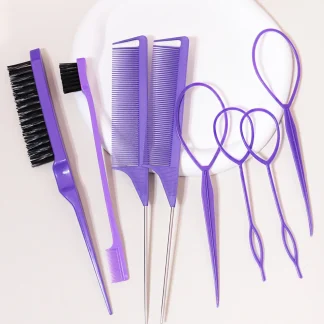
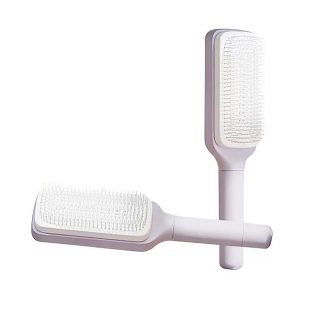
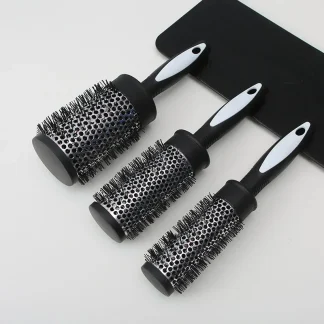
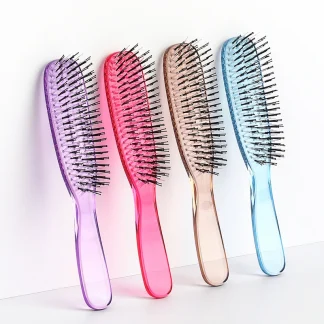
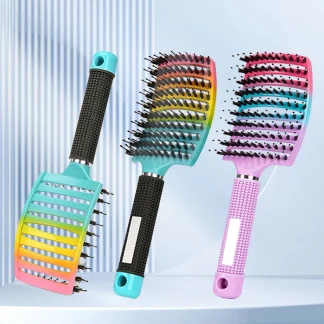
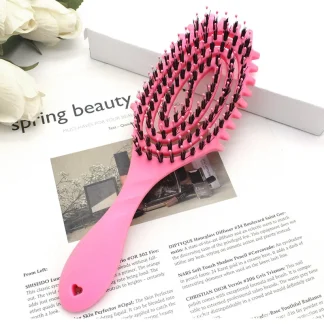
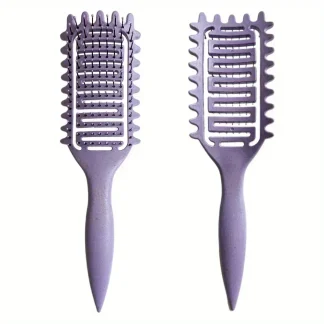
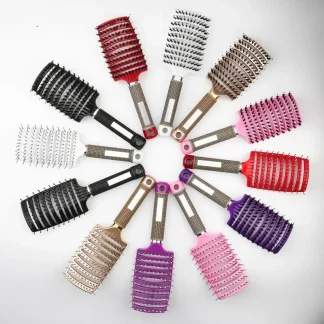 + 7
+ 7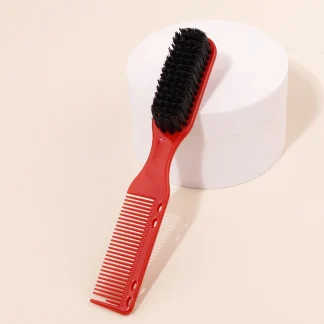
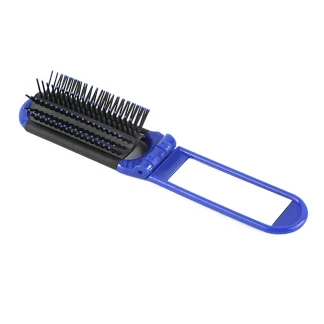
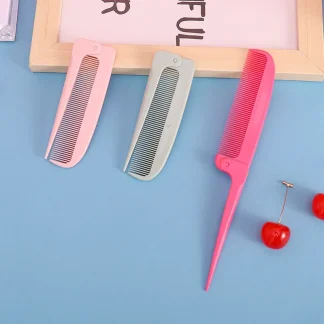 + 2
+ 2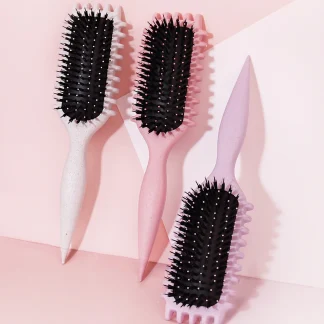
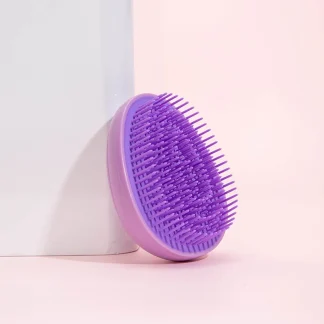
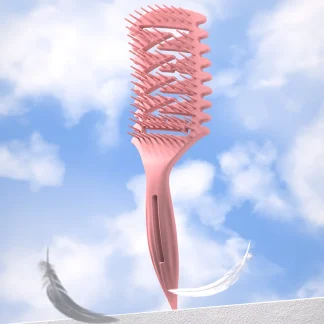

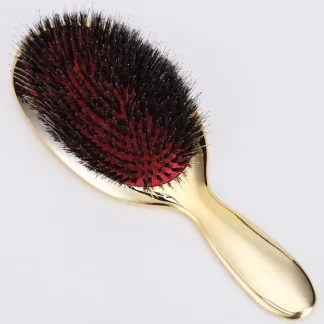
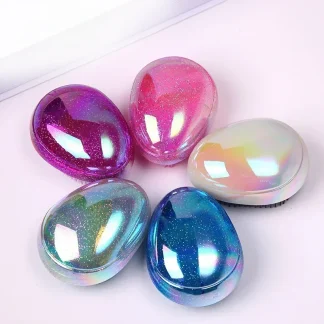
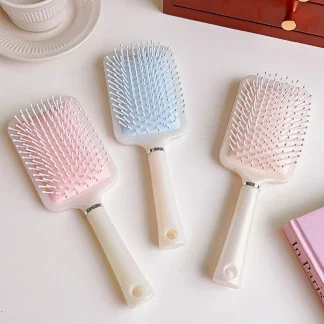 + 2
+ 2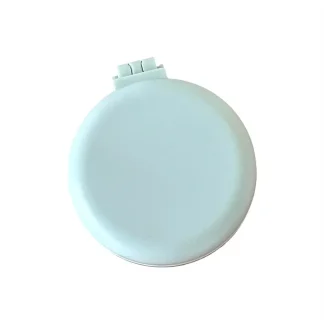 + 2
+ 2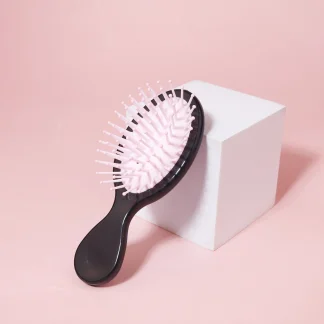
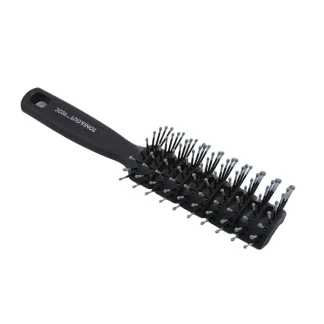
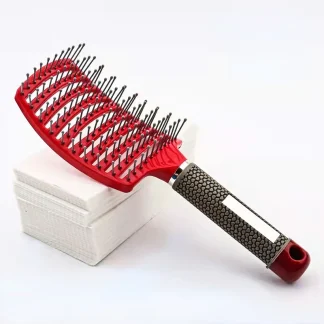
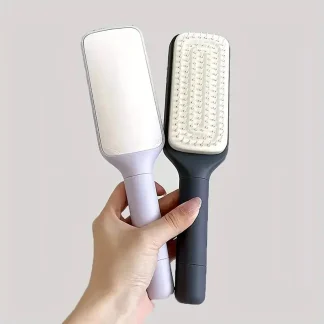
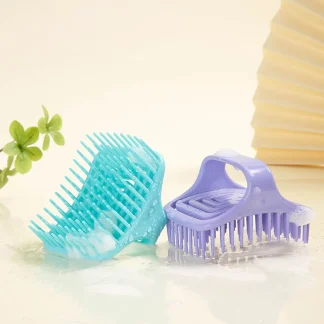
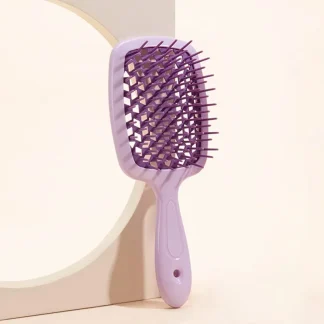 + 5
+ 5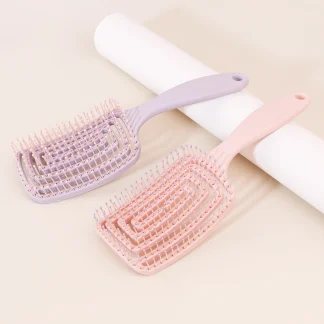
 + 6
+ 6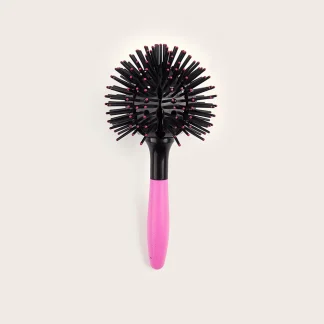
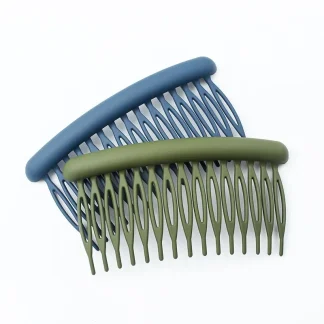 + 7
+ 7